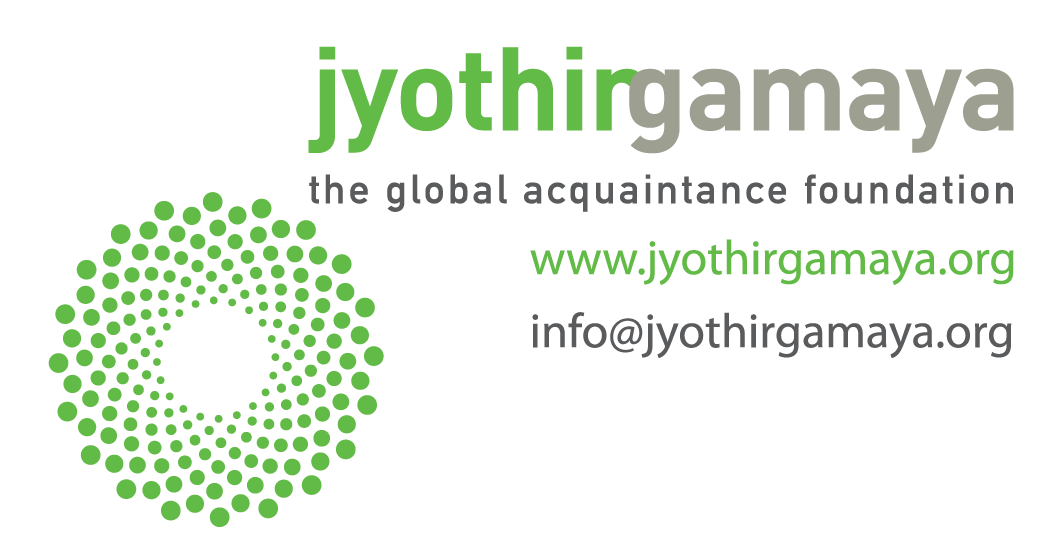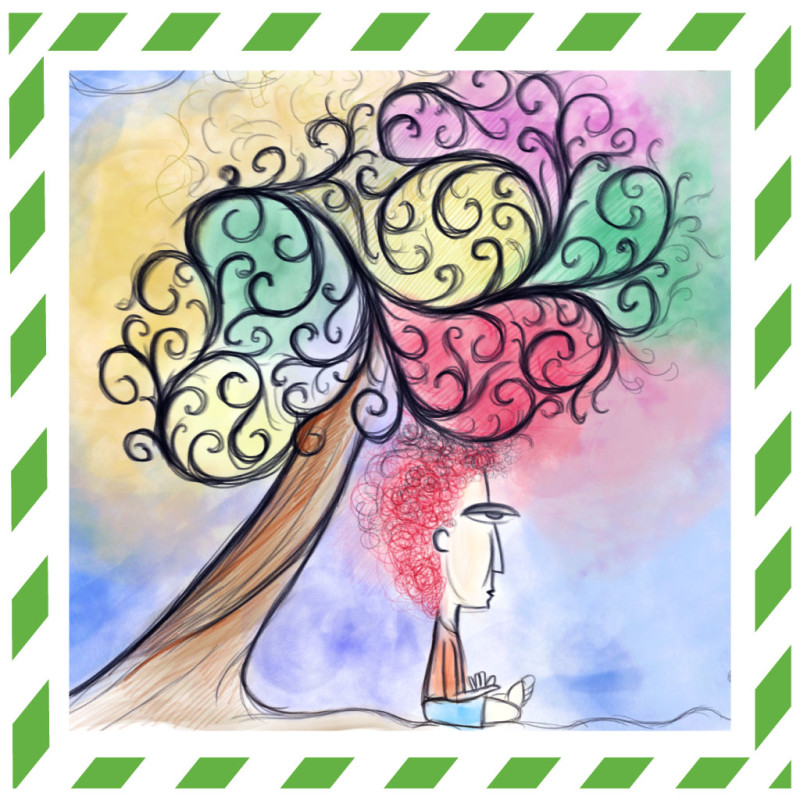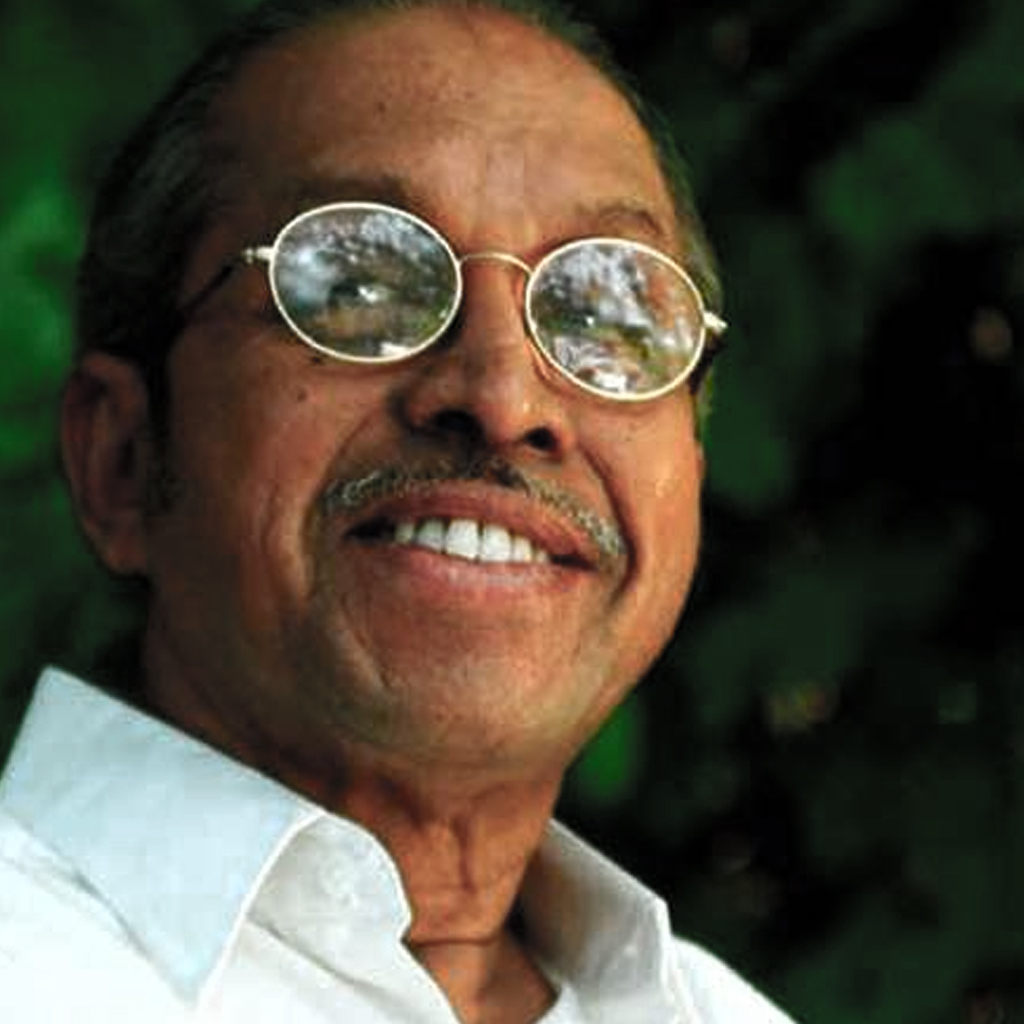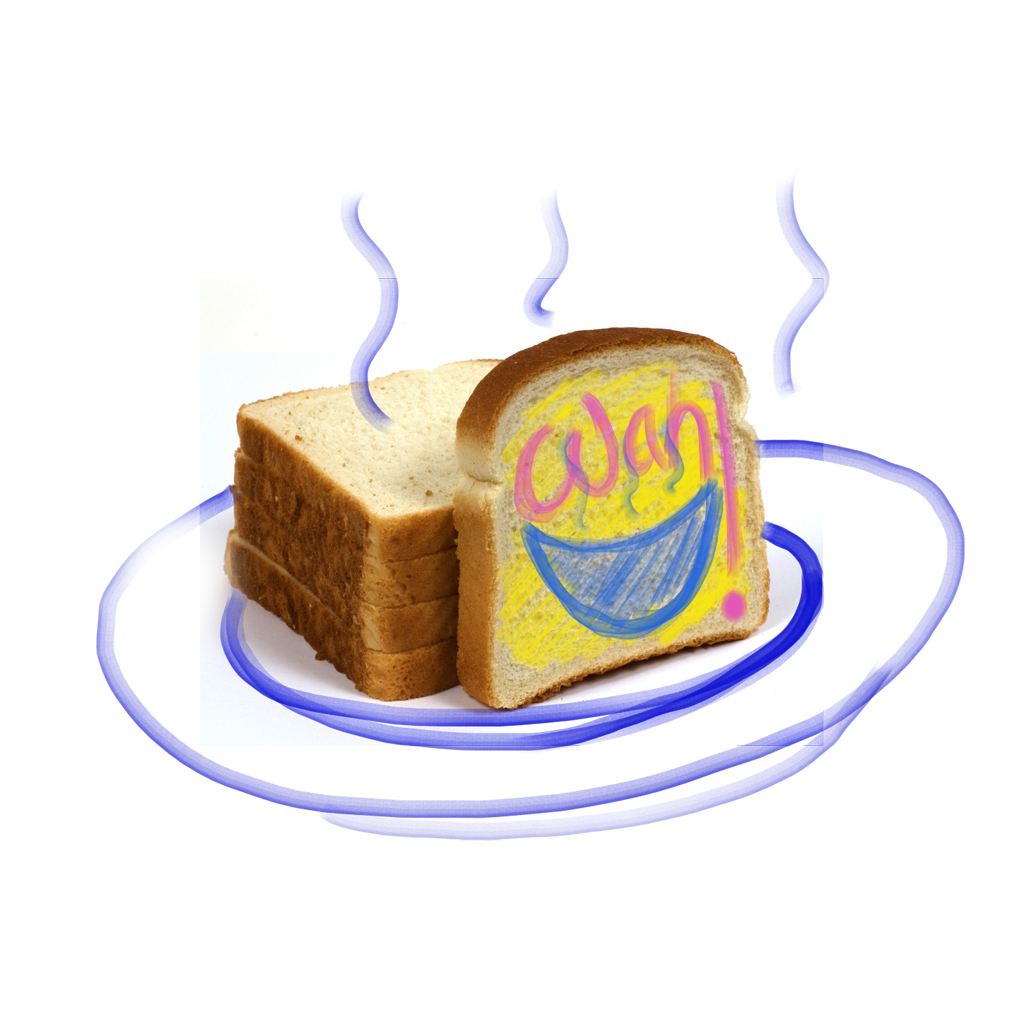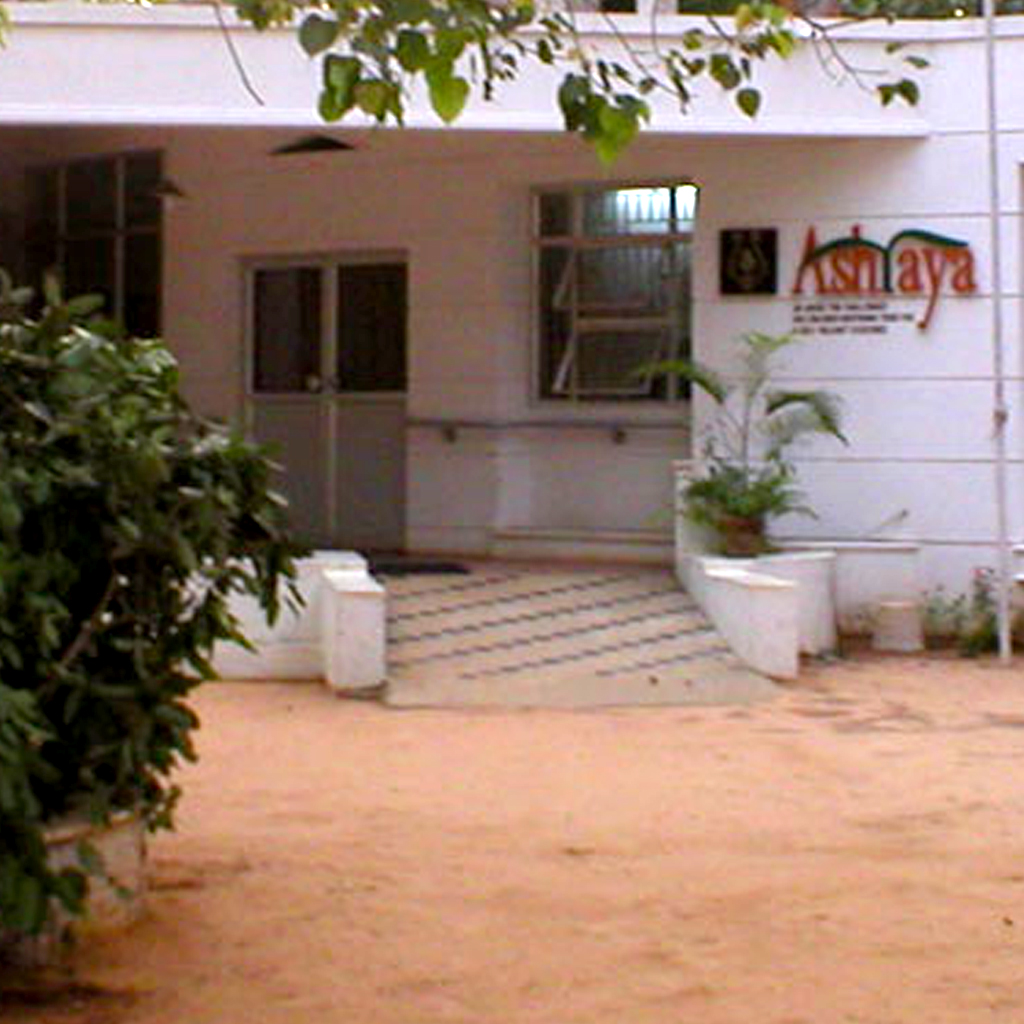Healthy self-esteem is like a child’s armour against the challenges of the world. Kids who…
Asatoma sadgamaya Tamasoma jyothirgamaya Mrithyoma amrithamgamaya This is the true prayer—the seeker’s admission of his…
കാലങ്ങൾ മുന്നേ നീ രചിച്ചോരു, ഭൂമി തൻ ചരമഗീതം പോൽ, കാലാതീതമാം ഒരു പേർ ഈ നാടും രചിച്ചിടുന്നു. നിലച്ചീടുമീ…
Reading is not just about books, it’s about having fun in all kinds of places—places…
Anuradha Nayar The kitchen can be a fascinating place for young kids. They see grown-ups…
A dance form from North India, Kathak has gained immense popularity for its sparkling footwork,…
Bharatanatyam is one of the most popular classical and traditional dances of India, originating from Balasaraswati…
Since its inception in 1999, Ashraya has been relentless in the pursuit of welfare of…
#APJAbdulKalam…. You’ll live in the heart of #Indians അഗ്നിയാളുന്നോരിരു ചിറകുകൾ, എന്നേക്കുമായ് അടർന്നോരു പക്ഷിയായ്, ഒരു ജനതയൊന്നാകെ വിതുമ്പുന്നു,…
